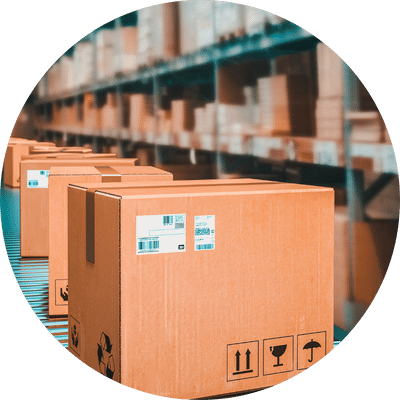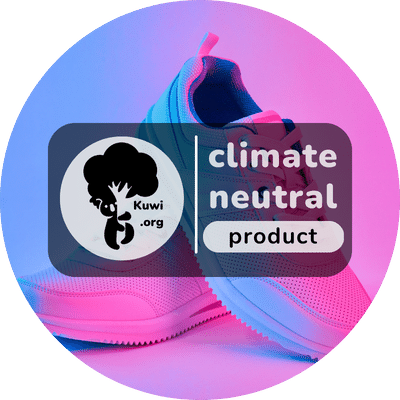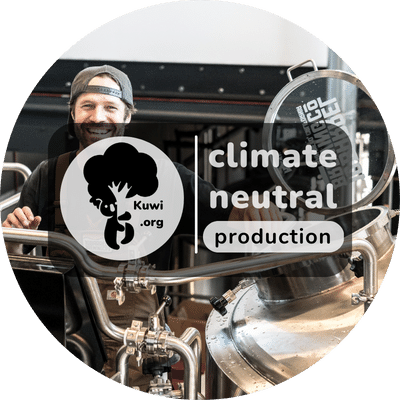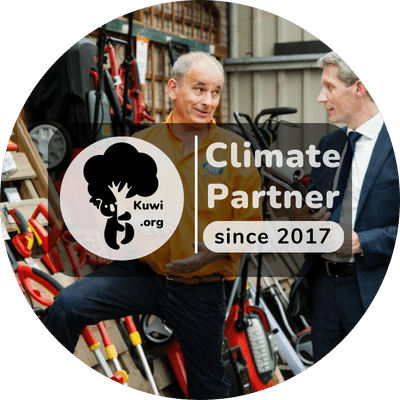Climate-Neutral Packaging Certificate
In an era where sustainability is of paramount importance, businesses are actively seeking ways to reduce their ecological footprint. A crucial step toward this goal is achieving the ‘Climate-Neutral Packaging’ certificate. This certification not only demonstrates a commitment to environmental responsibility but also aids companies in joining global efforts to combat climate change.
Certificate Limitations
Compensation vs. Reduction
Achieving a Climate-Neutral Packaging certificate is not a substitute for reducing emissions at the source. While compensation is a valuable tool, it should be complemented with active efforts to reduce emissions in the production and shipping of packaging.
Global Scope
The Climate-Neutral Packaging certificate is a commendable step toward sustainability but operates within a global framework. Companies should consider joining regional and sector-specific sustainability initiatives to maximize their environmental impact.
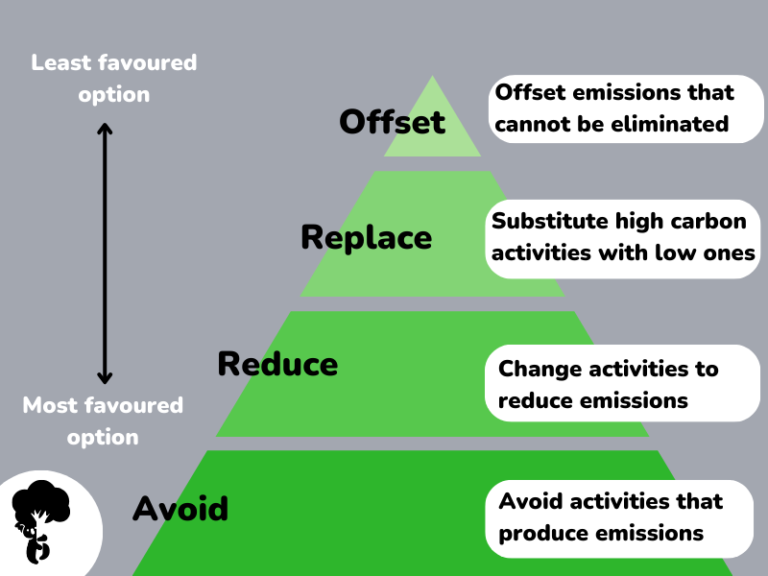
What Falls Within the Scope
Emissions from Product Packaging
To qualify for the Climate-Neutral Packaging certificate, companies must first assess and compensate for the emissions associated with the production of their product packaging. This includes various aspects such as sourcing raw materials, production processes, transportation, and other related emissions.
Emissions from Shipping Packaging
In addition to product packaging, companies must also consider the emissions from shipping packaging. This extends to materials used for shipping boxes, packing materials, as well as the energy consumed in the distribution process.
Emission Calculation
To determine the emissions that need to be offset, Kuwi.org utilizes tools and methodologies such as life cycle analysis (LCA) and carbon footprint assessments. These calculations assist in identifying specific emission hotspots and guide mitigation efforts.
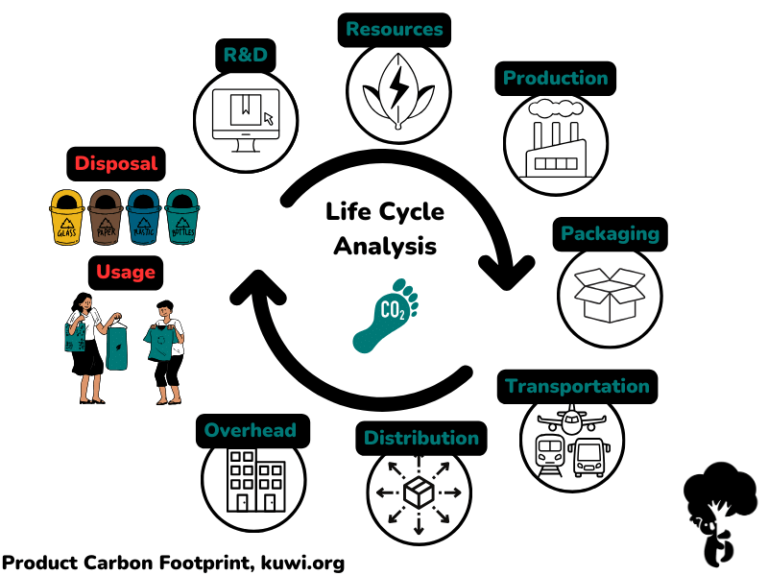
Data Collection Disclaimer
To date, there exists a significant imbalance between market average data and company-specific data, primarily due to two reasons. Firstly, obtaining primary data for individual companies is a costly and labor-intensive process. Achieving the utmost accuracy requires on-site verification and strict policy enforcement. However, the associated costs of such operations make climate action financially infeasible for most companies.
The second reason is that companies working with Kuwi.org are not legally obligated to offset their unavoidable emissions. Mandatory CO₂ offsetting is only imposed on a handful of large enterprises in the EU (read more here). As a result, all other companies engage in offsetting their emissions through the voluntary CO₂ offset market (learn more here).
What Falls Outside the Scope
Upstream Supply Chain
While companies need to address emissions associated with the production and shipping of packaging materials, emissions that occur in the upstream supply chain (e.g., extraction of raw materials or transportation of materials to the production facility) typically do not form part of the certification process. However, companies are encouraged to collaborate with their suppliers to reduce emissions upstream.
End-of-Life Recycling
The Climate-Neutral Packaging certificate primarily focuses on emission reduction during production and shipping. It does not take into account emission reductions achieved through recycling or disposal methods. Companies are encouraged to pursue sustainable end-of-life solutions, but should not rely solely on this to meet the certification criteria.
Also Read:

Summarized
Becoming climate-neutral in packaging is an essential step toward reducing the ecological footprint of businesses. The Climate-Neutral Packaging certificate recognizes and rewards companies for their commitment to offsetting emissions from both product and shipping packaging.
While this certification is a significant achievement, it is essential to acknowledge its limitations and the need for ongoing efforts in emission reduction throughout the entire supply chain. By taking these steps, companies not only contribute to a more sustainable future but also enhance their brand image and meet the increasing demand for environmentally conscious products and practices.


